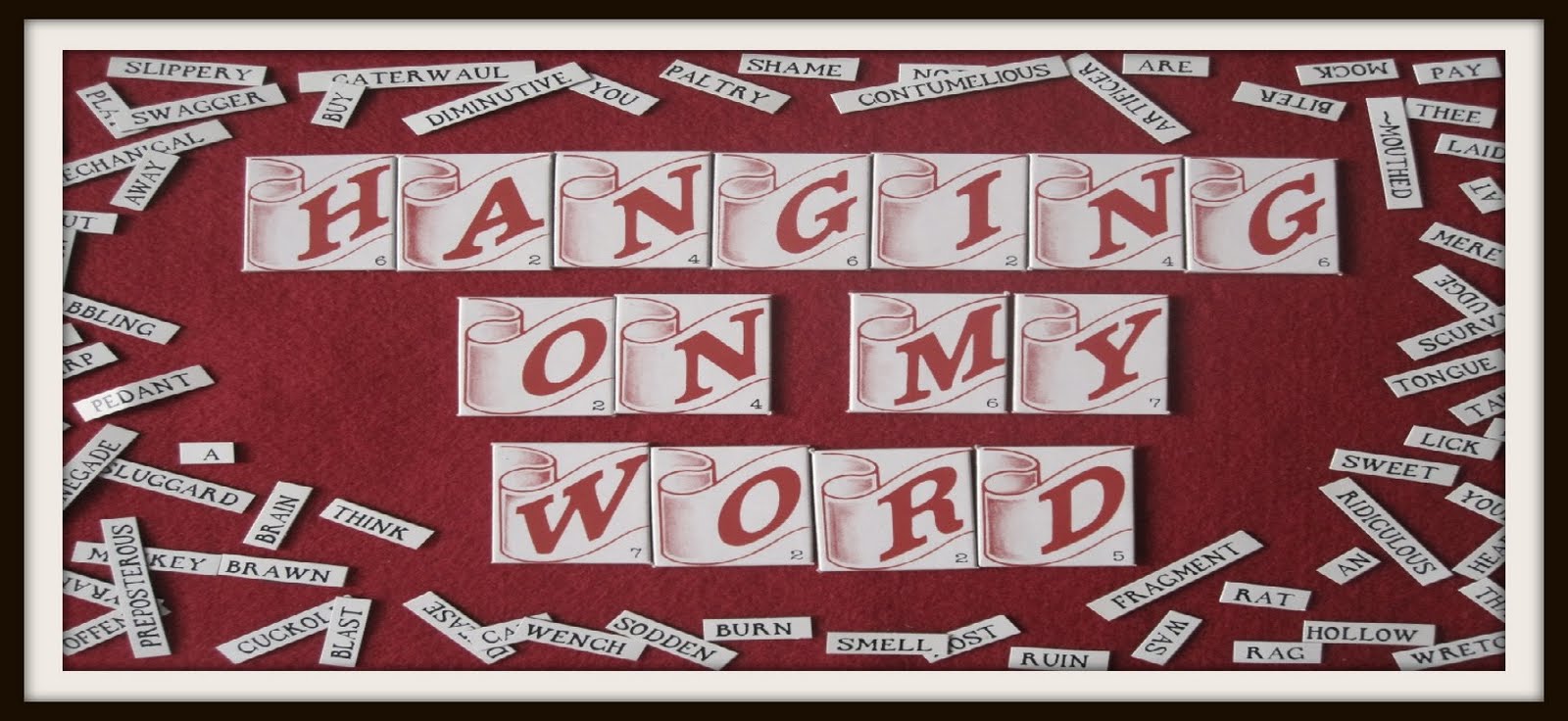This week’s Sepia Saturday photo prompt gave plenty of scope to themers. I had it in mind to go with the motorbike angle but as I started skimming my digital albums, I found the towel ’n turban idea more appealing. The photo features a 1944 Canadian photograph of a motorcycle courier and two servicewomen. One of the women has clearly been caught out, either en route to the showers or in the middle of some domestic chore, as she still has her towel draped over her arm and has tidied her hair into a turban.

This headwear became very popular during the War years due to rationing. Women learned to be creative with the scarves already in their wardrobe, whilst subsequently discovering that the scarves thus utilised, kept their hair clean whilst carrying out the Spring Cleaning, or hid the errant locks on ‘bad hair days’.

In this c1955 picnic picture, my brother is neither doing the cleaning, nor in need of a shampoo and set. It was a warm day, so perhaps he was using the towel as a makeshift sunhat. More likely however, is that he was clowning around for the camera. Mum, in mid-sandwich and I, concentrating on my drink, were oblivious of course.
Clearly there’s something about a towel and warm weather which brings out the inner child. In this next photograph from c1968, my friend’s father has adapted his towels as both turban and cape. I remember the dialogue well, as I wrote it in my teenage photo album, He was offering to sell us carpets or naughty postcards. We girls were in hysterics and I can’t show the rest of the picture as my friend is convulsed with laughter just as she takes a bite from her barbecued sausage; not a pretty sight. These days that kind of portrayal would be seen as only worthy of an end-of-the-pier show or pantomime, and would probably be deemed racist. In the 60s this kind of fare was served up on British television on a daily basis and passed for humour.
No racism intended in the next two photographs of my son, aged just eight years. This is just a little boy dressing up and hoping to win a fancy dress competition at the Primary School, Coningsby in July 1987. I’ve no idea who won, perhaps it was Rupert Bear standing next to him in the second shot.


The 1942 British Pathé video below shows us exactly how to make a turban from whatever we have hanging about in our wardrobe. Whatever you don’t forget to stick a bunch of flowers in there too, or use two scarves at once if you want to be a ‘natty little pussy cat’! Weave a feather in or make a ‘sort of beehive’ tipped over at a tricky angle! Be aware when viewing this short film that it ends abruptly and what follows is a shocking clip from another film which would definitely be non-PC .
Grab your towel and see what other contributors have made of this week’s prompt.














